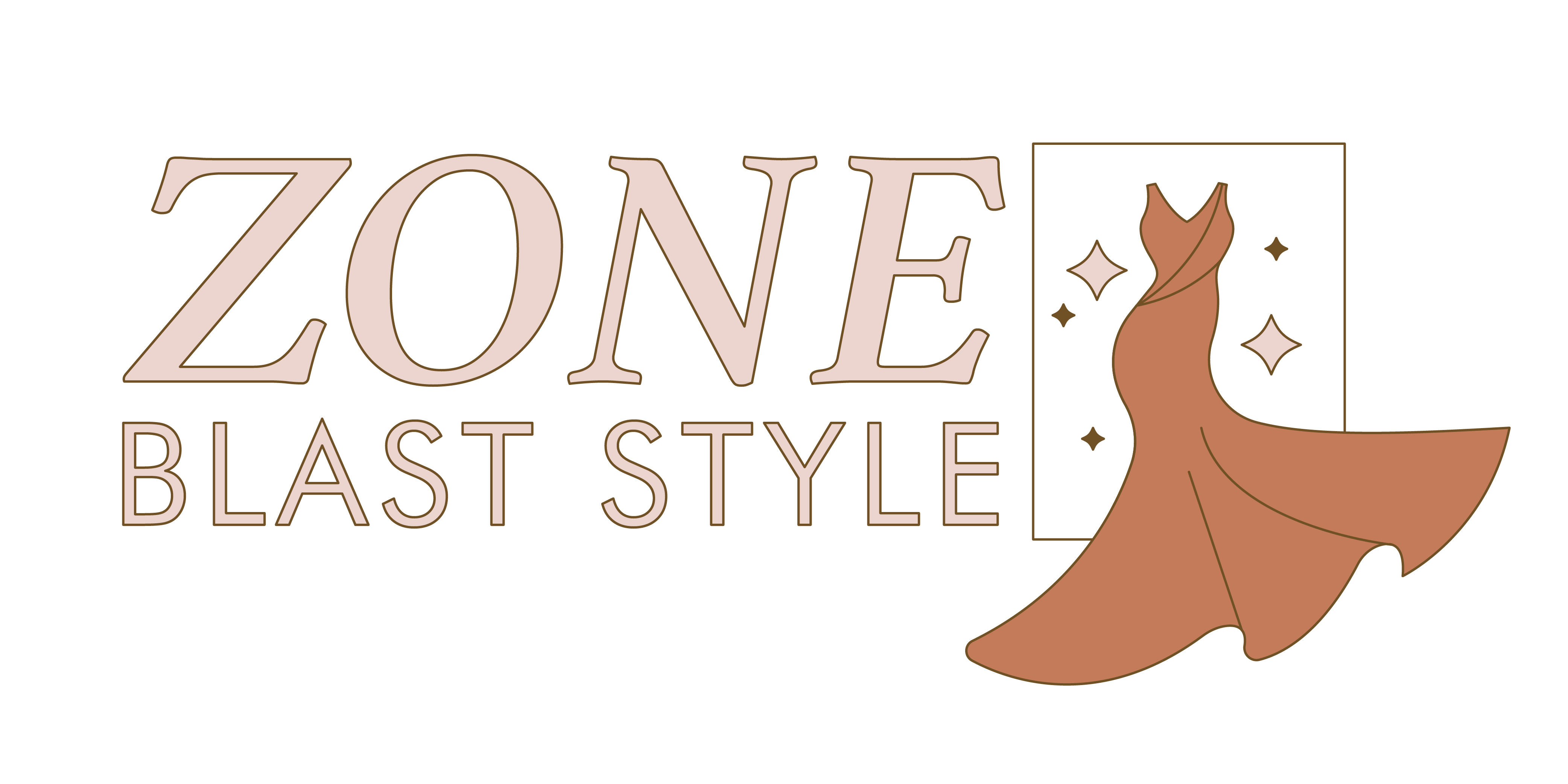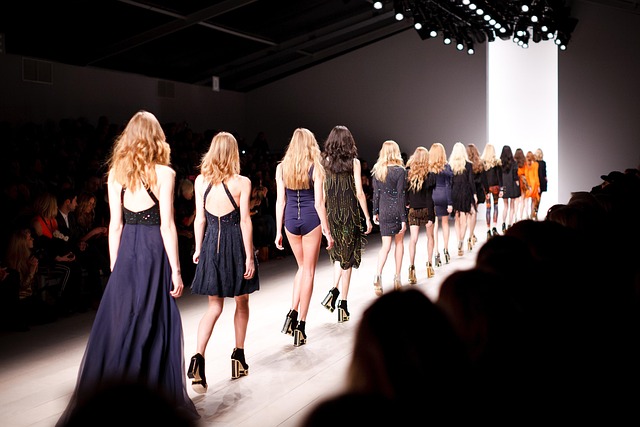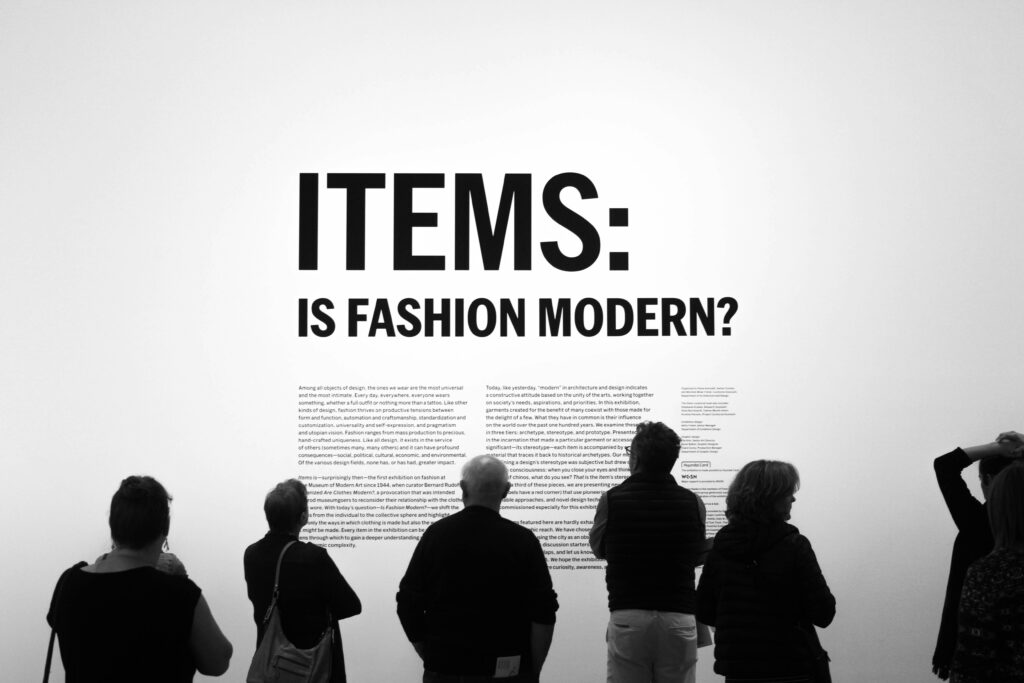Introduction: Digital Runways, Real Impact
Fashion no longer lives only on the catwalk. The front row has expanded to include anyone with a phone and an eye for style. In 2024, social media isn’t just broadcasting trends—it’s building, reacting to, and accelerating them.
From Catwalks to Screens
Traditionally, fashion trends trickled down from elite runway shows. But now, the dynamic has flipped:
- Designers still debut bold concepts at fashion weeks, but virality determines what breaks through
- Live-streamed shows and backstage reels reach global audiences instantly
- Brands are increasingly crafting collections with online visibility in mind
Social Media: The New Tastemaker
The driving force behind modern fashion trends is no longer exclusive magazines or celebrity stylists—it’s the algorithm.
- Platforms like TikTok and Instagram spotlight looks in real time
- Trends now emerge from content—not campaigns
- Engagement (not editorial praise) signals what’s working
Everyday Users, Elevated Influence
Once, fashion insiders and gatekeepers dictated style. Today, everyday creators hold the spotlight. Personal style accounts and niche communities now have more trend-setting power than some traditional outlets.
- Micro influencers and casual users often spark trending aesthetics
- Viral outfit videos, thrift hauls, and DIY looks shape what catches on
- Fashion influence is decentralized—and more inclusive than ever
The result? A more democratic (and faster) fashion cycle, where creativity, authenticity, and camera-ready confidence lead the way.
The Power of Influencers and Content Creators
Big-name influencers still make headlines, but real influence in fashion today isn’t always tied to follower count. Micro-influencers—those with tight, loyal communities—are often the ones actually driving sales. Their audiences trust them. Their recommendations feel personal. While macro influencers can create buzz, it’s often the micro creators who convert impressions into purchases.
Equally important is how creators are changing the way fashion is experienced. We’re seeing more behind-the-scenes content than ever: fitting room try-ons, closet cleanouts, production tours, supplier Q&As. This kind of access strips away the gloss and makes fashion feel more lived-in, more real. Fans aren’t just buying clothes—they’re buying into process, identity, and transparency.
User-generated content (UGC) rounds out this shift. Think of TikToks showing off thrifted outfits, Instagram reels of morning outfits snapped in messy bedrooms, or full-day wear tests on YouTube. UGC has taken the role once filled by street style blogs. It’s immediate, unfiltered, and rooted in how real people wear trends in real life. Brands paying attention know: this is the new style bible.
Trend Cycles Are Faster Than Ever
Fashion trends used to simmer—months of anticipation, runway teasers, and glossy magazine spreads. Not anymore. In 2024, the gap between a trend’s first appearance and mass adoption has collapsed. Discovery happens on a Monday; by Friday, it’s racked up millions of views, and by next week, it’s in a haul video or DIY tutorial.
What’s driving this acceleration? Algorithms, mostly. Social platforms thrive on novelty, and hashtags, style challenges, and “get ready with me” reels act like fuel to the fire. A catchy look gets looped, remixed, and reinterpreted within days. Sometimes hours. The pace isn’t just fast—it’s compressing fashion history into internet cycles.
Take aesthetics like “coastal grandmother” or “blokecore.” They didn’t trickle in—they exploded. Light linen, chunky sneakers, vintage sweaters—each look burned bright and then gave way to the next viral vibe. It’s not just about clothes. It’s about the mood, the captions, the soundtracks that seal them into the culture.
For creators and brands, the message is simple: stay alert. The fashion zeitgeist is scrolling right past you if you’re slow to react.
Platforms Dictating What’s Hot
TikTok has become the frontline of fashion trend discovery. It’s fast, raw, and unapologetic—and that’s exactly why it works. New aesthetics surface by the hour, from #WesAndersonStyle edits to microtrends like “eclectic grandma.” Stuff catches fire here because it feels real, unfiltered, and made by peers rather than polished marketers. If something’s going to break first, chances are it’ll hit TikTok before anywhere else.
Instagram, on the other hand, is where trends go to polish up and settle in. Once a look gains traction on TikTok, creators use Instagram to refine the aesthetic—better lighting, curated carousels, smoother reels. Think of it as the afterparty where trends get massaged into something more wearable. TikTok might create the wave, but Instagram makes it glossy enough to sell.
Quietly, Pinterest is playing the long game. Less shouty, more strategic, it’s where planners go. It thrives on searchable ideas and vision-boarding, meaning it’s not chasing hype in the moment—it’s influencing what people will consider stylish in three months. Fashion pros and brand teams are clocking this, using Pinterest to sniff out slower-burn trends and moodboard-level inspiration long before they appear in lookbooks.
Meanwhile, cross-platform flow is real. The TikTok-led “Clean Girl” look—swept-back hair, gold hoops, slick skincare—migrated to Instagram beauty feeds quickly, bringing with it a wave of minimalist fashion reels and flat-lay-sponsored skincare posts. If creators want to stay ahead, they’re not just mastering one feed—they’re watching how style mutates as it hops from one platform to another.
Digital-First Fashion Brands and Drops
Skip the storefront, skip the middleman. Today’s fastest-growing fashion labels are built natively on social platforms—direct to follower, direct to customer. Instagram, TikTok, and even Discord aren’t just marketing channels; they’re the product launchpads.
Brands like Tala and Set Active didn’t wait for retail shelf space. They built hype through authentic creator partnerships, behind-the-scenes content, and community-driven storytelling. It’s lean, agile, and scalable. More importantly, it’s personal.
At the heart of this model? Drop culture. Limited-run capsules drop with tension—short windows, limited quantities, and just enough preview to generate a FOMO loop. One post, and it’s clockwork: likes, shares, and screenshots flying while sizing sells out in real time.
But this isn’t just about hype. These brands treat social not just as a sales funnel, but as a feedback engine. Comments, DMs, and reaction videos drive what’s next—colorways, cuts, even messaging. The customer isn’t the end of the line; they’re part of the design process. Result: more loyalty, less waste, and faster iteration.
The brands built for today aren’t chasing department store real estate. They’re chasing data, connection, and moments. They live where their audience scrolls.
Sustainability and Values Go Viral
Fashion activism isn’t fringe anymore—it’s a core part of social storytelling. Creators are using their platforms not just to showcase outfits, but to challenge the systems behind them. Whether it’s calling out greenwashing or spotlighting ethical brands, fashion on social media is having a values-first moment.
Content tagged with #thrifthaul, #recycledfashion, and #slowstyle is gaining steam. These aren’t just trends—they’re habits. Viewers are more conscious of waste, origin stories, and the hidden costs behind cheap looks. And the creators leaning into accountability are seeing real traction. Showing where, how, and why an item was made earns trust—and that trust translates to loyalty.
Transparency sells now. It’s not enough for a brand or influencer to say they care; they have to show receipts—literally. Breakdowns of cost per wear, sustainability certifications, and maker stories are the new flex. For digital-native audiences, values matter as much as visuals. And in 2024, the most compelling aesthetic is honesty.
Looking Ahead: The Metaverse and Beyond
Fashion is no longer limited to the real world—or even to physical clothes. In 2024, virtual try-ons are moving from novelty to norm. Apps now let you preview how outfits fit, flow, or clash with a background before you spend a dime. And for style-minded gamers or avatar-lovers, digital collections from major brands are dressing up everything from Bitmojis to metaverse profiles.
Digital exclusives—once just collabs between influencers and limited-run streetwear—are evolving. Now we’re seeing NFTs tied to fashion drops, unlocking perks like early access, community membership, or AR versions of the item. For brands, it’s a new layer of engagement. For consumers, it’s one part fashion, one part identity badge.
This digital frontier isn’t replacing IRL fashion—it’s expanding it. What you wear in the feed, on your avatar, or in a virtual live event now has as much cultural weight as your physical outfit. For more on this shift into screen-based style, check out The Rise of Digital Fashion Shows.
Final Takeaway: The New Fashion Front Row
Social Media Is the Main Stage
Fashion no longer trickles down from elite runways to streetwear—it now moves upward, outward, and in real time through social media channels. Instagram stories, TikToks, and Pinterest boards are today’s front rows, where trends are not only revealed but also instantly judged, shared, and recreated by a global audience.
- Platforms decide who sits ‘front row’—not fashion week
- Real-time feedback replaces traditional runway reviews
- Trendsetting happens through clicks, not press coverage
Digital Influence Replaces Traditional Gatekeeping
Fashion used to rely on editors and luxury labels to declare what’s in. Today, it’s influencers, creators, and even everyday users who have the power to launch or leave behind a trend. Algorithms and virality now often dictate an item’s success faster than any fashion magazine.
- Popularity is measured in likes, shares, and saves
- Users drive discovery, not just consumption
- Algorithms can make or break seasonal aesthetics
Adaptation Is the New Standard
Brands need agility more than legacy. In this accelerated landscape, both fashion houses and small designers must engage instantly, respond to feedback, and innovate across platforms. Consumers, too, are becoming more trend-aware—and faster to shift their loyalties.
- Brands must be digitally fluent and visually nimble
- Consumers expect trends on demand and values out loud
- Those slow to adapt risk being filtered out
Bottom Line: The pulse of fashion now beats through social feeds. Success belongs to the brands and creators who understand the rhythm—and can move with it.


 Style & Culture Writer
Style & Culture Writer
